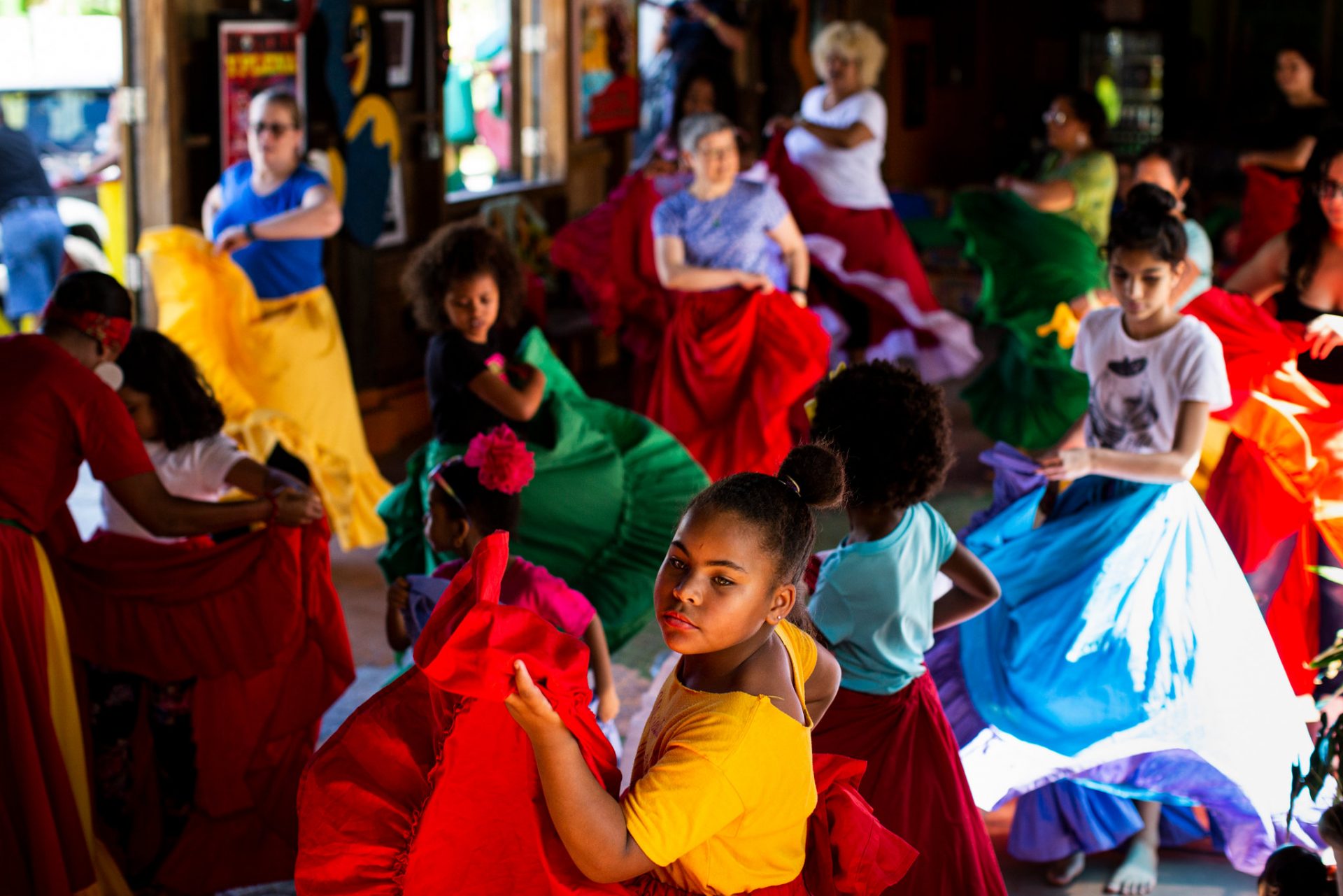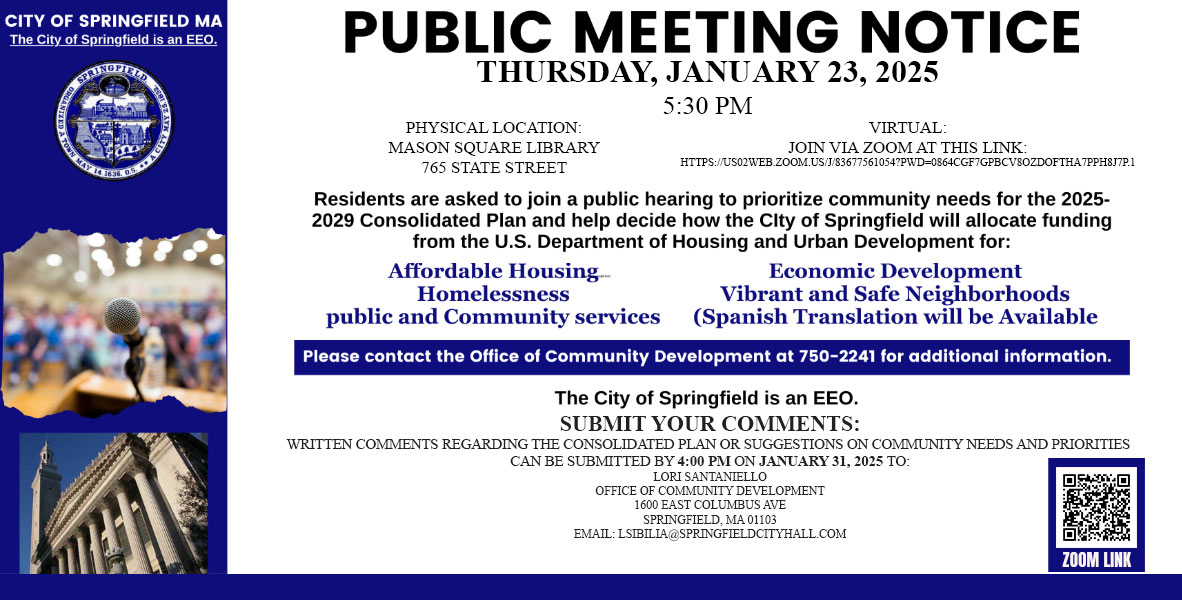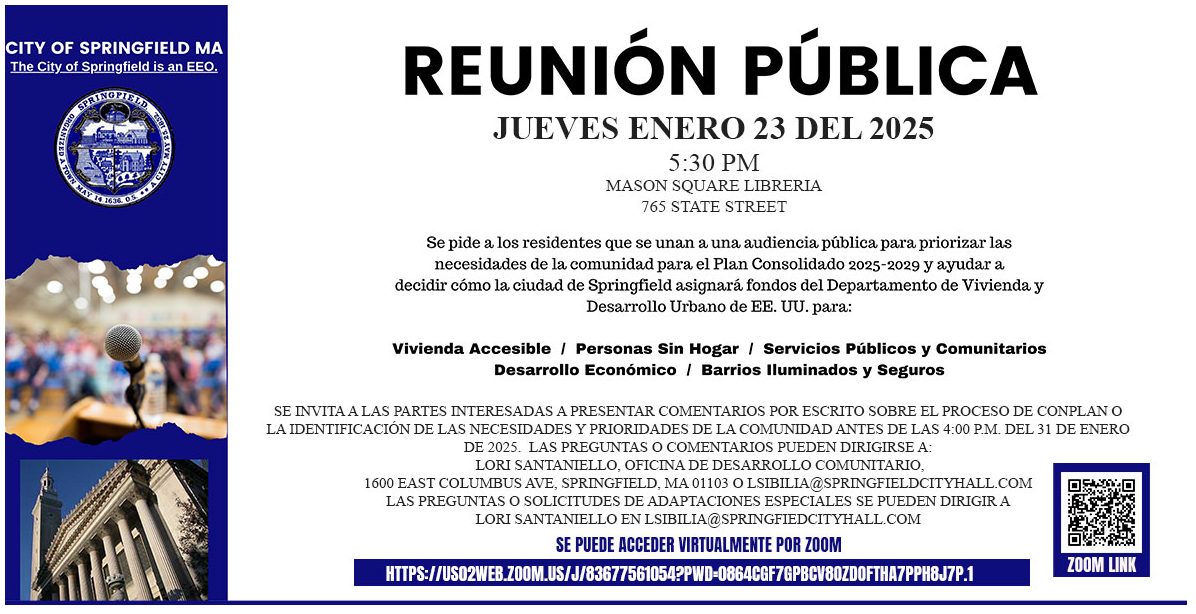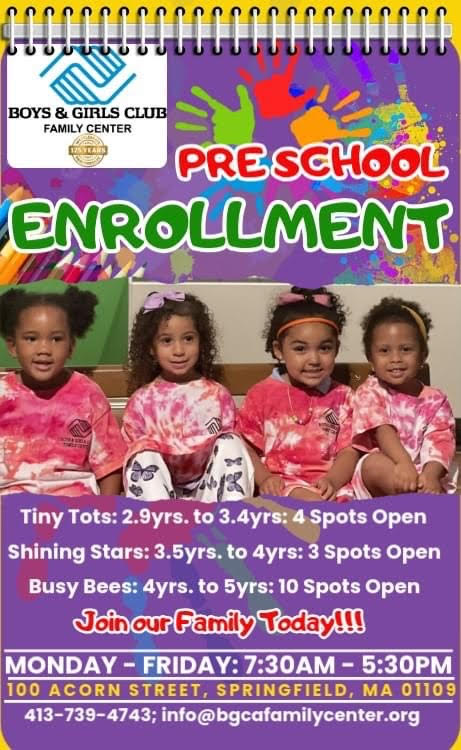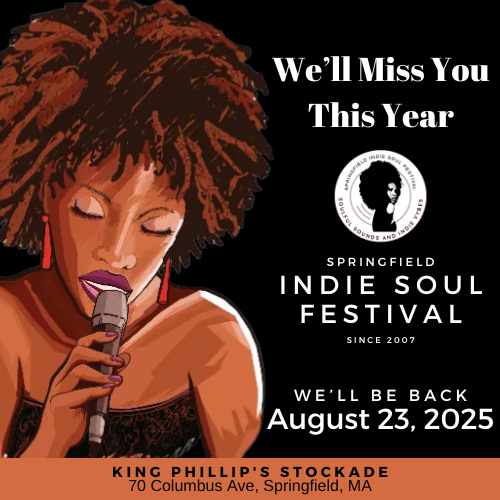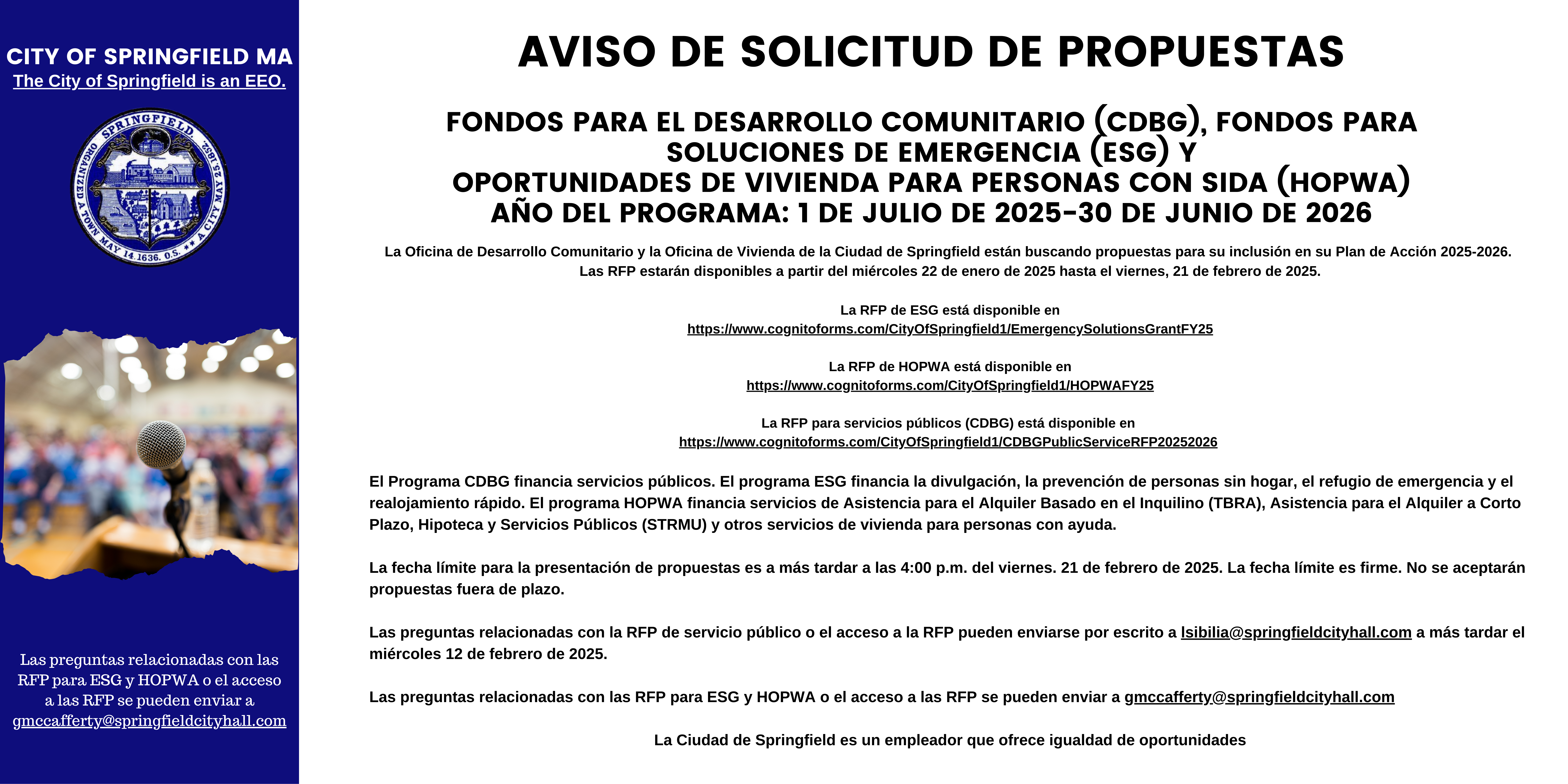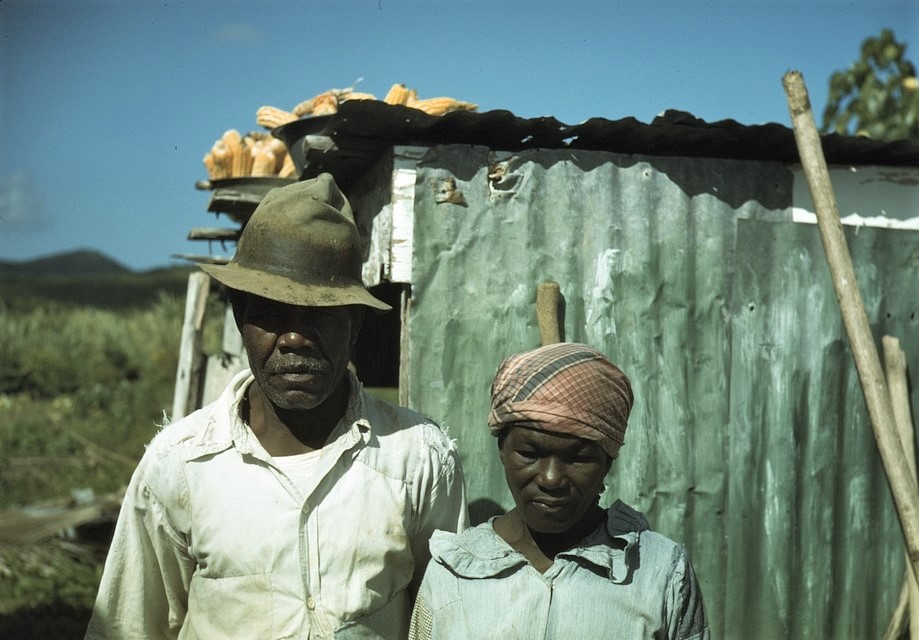
This title is a variation of a statement I have heard during the last two decades as a professional anthropologist. I was reminded of it again recently when a Puerto Rico-based colleague mentioned that it is common in the archipelago to think about the race research produced by U.S.-based Puerto Rican researchers as being tainted by U.S.-centric ideas about race.
At its base, this assertion has the effect, and maybe even the goal from the outset, of discrediting the race research produced by those of us living in the Diaspora. But I believe there is more going on than just marking our research as suspect.
Because at this point I have heard variations of this opinion dozens of times, and particularly so by a subset of the archipelago’s intelligentsia, it is time to explore the ideological work this claim does. This brief analysis is less a defense of the validity of research like mine and instead exposes how as a cultural construction in itself, this hegemonic statement is an example of how cultural nationalism and anti-Black racism warps even the brightest minds.
While it is true that anti-Black racism takes on specific and locally contextual qualities, it is also true that the anti-Black racism experienced by evidently Black individuals throughout the American hemisphere has strikingly similar consequences: poverty and marginalization; lack of access to quality education, health care, employment, and a clean environment; police profiling and brutality; spatial segregation and territorial dispossession; denial of entry into restaurants, night clubs, stores, and country clubs; social marginalization and political exclusion; and the attempt to silence the voices of those who dare speak out against on-going racial violence and terror.
In Puerto Rico, much like in the rest of Latin America, anti-Black racism is embedded in the very denial of its existence by the state and society. Additionally, the taken-for-granted notion that “we are all mixed,” works as a strategy to invisibilize Black people and their demands for justice all the while upholding lightness (off-white skin) and whiteness as an “unmarked,” “normal,” and universal social category. The party line goes something like this: “Puerto Ricans are all mixed (i.e. light skin), ‘real’ Blacks compose a tiny fraction of the population and they were never/ are never treated violently like in the U.S.”
This line attempts to subsume within the rubric of “race mixture” anti-Black racism. The invisibility of Puerto Rico’s Black population in statistics and policies confirms the myth of racial equality. For instance, though the U.S. Census, with its stark Black-White racial categories, offers Puerto Ricans fewer racial options than are commonly used on the archipelago, we must remember that these multiple categories work to “lighten people away” from Blackness. It is true that in Puerto Rico people perceive racial belonging on a spectrum, but that spectrum still works within a White-Black phenotypic binary (i.e. how white versus how Black you look?).
In a 2017 survey about “perceptions of racism in Puerto Rico,” we found that among respondents who defined themselves as evidently Black (i.e. they are labeled as Black by self and others), 71% reported having experienced racism in Puerto Rico. The results of our various analyses with experiences of racism unanimously also showed that the darker the self-reported skin color, the more likely respondents were to report experiencing racism.
This pattern is consistent with what would be expected in a society where racial ethnicity is not determined via a rule of hypodescent, but where racism nevertheless affects those with darker or most evident Black phenotypes. In other words, defining racial/color categories along a continuum from Black to White does not preclude people from experiencing racism. To the best of our knowledge, ours was the first survey to ask about racism and place, asking participants “In your opinion, where does anti-Black racism occur most frequently?” The three top answers were 1. employment; 2. media; and 3. school. These results are concerning because anti-Black discrimination in school and employment causes harm to the life chances, trajectory, and well-being of Black individuals. Similarly, the media which acts as an ideological arm of society is responsible for reproducing anti-Black racism.
I first learned about anti-Black racism as a child in Puerto Rico
I must have been 4 years old when racial descriptions such as Negra, Blanca, trigueña, and java entered my consciousness, as well as my visual field (how I saw myself and other people) and vocabulary (how I described myself and others). In part, this is because I was born to a padre blanco (a white father) and a madre negra (Black mother). My parents’ “races,” as well as their 30+ age difference was a topic of discussion and discord. Growing up in Puerto Rico, I often heard my mother retell tales of the racism she suffered at the hands of la familia blanca de tu papá (your father’s white family).
She said they were relentlessly racist towards her, taking advantage that she was just una muchacha negra ignorante (ignorant young Black woman). Because she was so young and inexperienced and not yet able to speak back, whenever they visited, she would cower when they treated her como una sirvienta (like a servant), ordering her around and examining the surfaces to see whether she kept the house clean.
Born with darker skin than my three older siblings, looking more like my mother than my father, his family doubted that I had any of their “sangre blanca” (white blood). It became my mother’s obsession to show them that I was indeed my father’s child. To prove it she would send them my elementary school photographs depicting my long, thick, straight hair. In fifth grade when I was allowed to go to a neighborhood hair salon by myself to get a haircut, I asked the hairstylist to cut all my hair off; I came home with a pixie cut much to my mother’s dismay.
It is true that in the Puerto Rican and Latinx U.S. racial universe, I am often regarded as an Indian (i.e. brown skin straight hair) or alternately as non-Black. For me, claiming an Afro-descendant identity does not stem from my time spent in the U.S. where the “one drop rule” predominates; it stems from having been born and raised in a culturally Black family from Puerto Rico’s southeast, who later moved stateside. What we learned when we moved to the continental U.S. was the broadness of the Black Diaspora.
In Hartford, our Black neighbors were African American, Jamaican, Dominican, Cape Verdean, Panamanian, Colombian, and Brazilian. My cousin, who moved from Puerto Rico at the same time as I did and became a known basketball player in Hartford, was nicknamed Shaq, as much for his basketball skills as for his Afro looks.
My older cousin, who had migrated from Puerto Rico in the early 1980s to join the army, married an African American woman with whom he had two children and who, because both of their parents are Black, now chooses to identify as African American.
My Uncle Juan was believed to be Haitian when he lived in Puerto Rico, and when he moved to the U.S. people often assumed, he was Senegalese. My mother and I are often asked whether we are Dominican or Panamanian. In short, in my family, the people who are unambiguously Black live Black lives, and experience anti-Black racism, whether in Puerto Rico or stateside. Evidently, Black Puerto Ricans do not live the same life experiences as “harmoniously mixed” Puerto Ricans do.
My family was thoroughly racialized long before we moved out of Puerto Rico. I suppose when one grows up in a Black family designated as such by history, economics, society, and experiences of racism, along with the embodied trauma it produces, as much as by one’s cultural practices, one is likely, in the context of the archipelago, to also thoroughly understand that:
1. being evidently Black is a disadvantage;
2. that being mixed-race while publicly aspiring to be white is acceptable; and
3. being light-skinned and/or white means privilege and access.
To race scholars, as well as to lay people, it is an open secret that Puerto Rico is a society obsessed with racial classification and the policing of race because it is invested in anti-Blackness. It is a society that acculturates its people to understand the advantages that come with denying one’s Blackness and instead to claim any trace whatsoever of whiteness to fit in, to be Puerto Rican. In my family, people who are white Latinx-presenting tend to lead white Latinx lives, both on the archipelago and stateside, reaping the benefits of the privileges afforded by their light or white-adjacent “epidermal schema.”
The Puerto Rican Diaspora tends to use cultural nationalist signifiers to affirm their ethnic belonging and pride. But like American nationalism, Puerto Rican cultural nationalism is also used to exclude. It has historically excluded Black Puerto Ricans, often assuming that Black individuals in Puerto Rico are Dominican or belong to another racialized nation-state.
The claim that U.S.-centric views of race do not apply in Puerto Rico, an archipelago that has been a U.S. colony for 120 years, during which migration routes between the island and continent have been well established, is a myopic view denying cultural transmission. Not only do migrants carry cultural practices and beliefs with them back and forth, but in recent years social media has also become a powerful source of cultural transmission.
Puerto Rico’s white cultural nationalism praises white-American trends, celebrities, and star academics, but shuns and dismisses their African American equals. This is the same cultural nationalism that has long been an agent of prejudice against the Puerto Rican Diaspora, shunning its poorest, as well as its Black members above all others.
What I have learned from living stateside is that there is no such thing as a “less violent” form of anti-Black racism. Until we begin to understand anti-Black racism as a hemispheric social problem, we will continue to fall prey to nationalism’s divide-and-conquer tactics disallowing the emergence of Black and anti-racist cross-national solidarity.
Aside from experiencing racialization and racism, a commonality shared by the Black Diaspora in the Americas is being made to feel like perpetual outsiders, as foreigners in the nation-states of our birth. Perhaps it is time to coalesce around post-national Black solidarity on a hemispheric scale to demand racial justice.
Hilda Lloréns
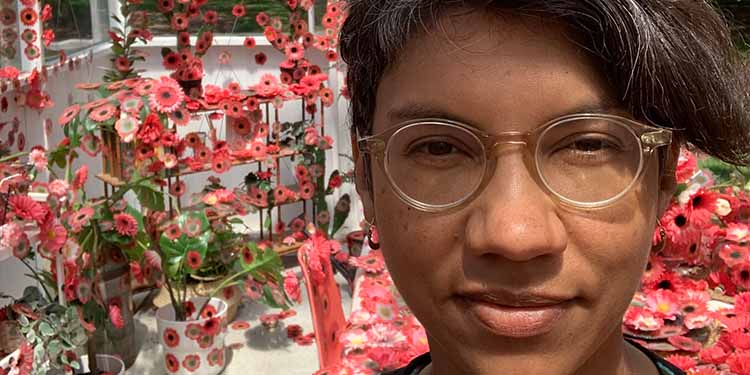
Hilda Lloréns is a cultural anthropologist and a decolonial scholar. The thread that binds Dr. Lloréns’ scholarship is understanding how racial and gender inequality manifests itself in cultural production, nation-building, access to environmental resources, and exposure to environmental degradation.
Dr. Lloréns’ research has been centrally concerned with critiquing structural inequalities and dismantling taken-for-granted notions of power. At URI, she teaches core courses in anthropology, such as Anthropological Theory, Language & Culture, Anthropological Approaches to the Study of Latinas/Latinos/Latinxs, and Gender & Culture, among others.
